
6 Signs That Spring Has Sprung
Signs of Spring
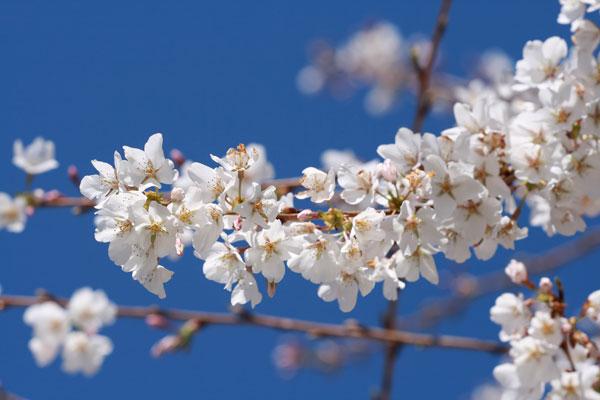
Goodbye winter, with your bitter winds and mounds of snow, and hello spring.
Spring, of course, marks the beginning of warmer weather and longer daylight hours, the blooming of flowers and the budding of leaves.
Here, OurAmazingPlanet takes a look at some of the visible signs that spring has arrived.
Snow Melting
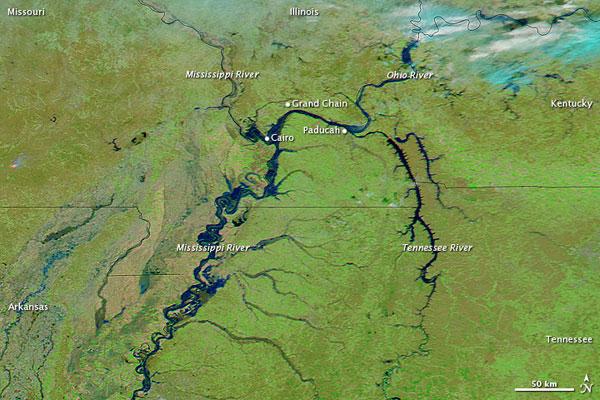
As spring's start approaches, the snowfall left by winter's storms is melting.
The above image, taken by a NASA satellite, captures the regions around the Mississippi and Ohio Rivers on March 12, 2011, as they have begun to green. The pale blue in the upper right corner is the snow that remains, that just a month prior covered much of the area.
Rivers Flood
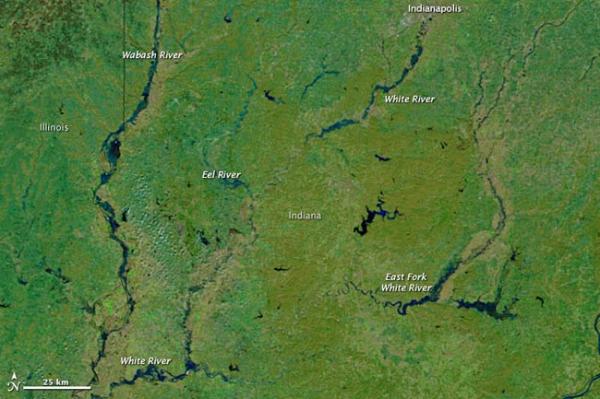
As a result of all that melting snow, rivers begin to swell, sometimes causing floods.
Just weeks before this image was taken, the region shown in the above image was a barren brown landscape. Now it has greened, but along with that greening, rivers have bulked up, looking much thicker than they would in the winter.
Snow melt and 12 days of rain filled the region's rivers, then heavy rainstorms swept across the Midwest on Feb. 27 and 28, 2011. The clouds cleared on March 1 to reveal widespread flooding throughout the upper Mississippi basin.
Water is black or dark blue in this image, taken by a NASA satellite, and sediment-laden water or saturated ground is pale blue. Plant-covered land is green, and bare earth is tan-pink.
Leaves Bud
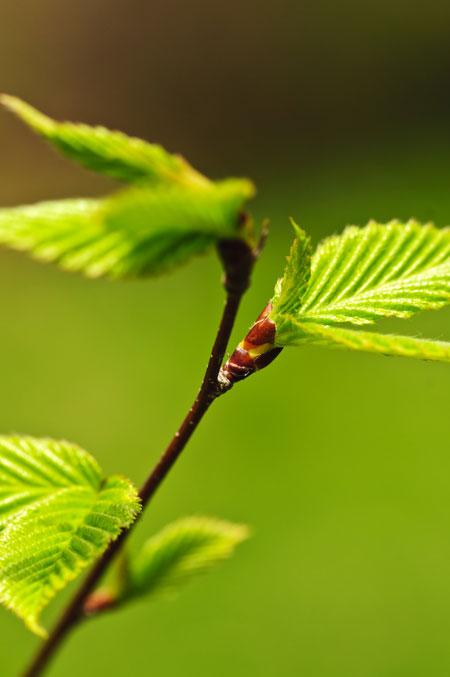
The bare tree branches of winter give way to budding green leaves during the spring.
The warming temperature and increased daylight spur the growth of new leaves on trees, causing a burst of green from Earth's plant life that gives the season its signature color.
Monarchs Migrating
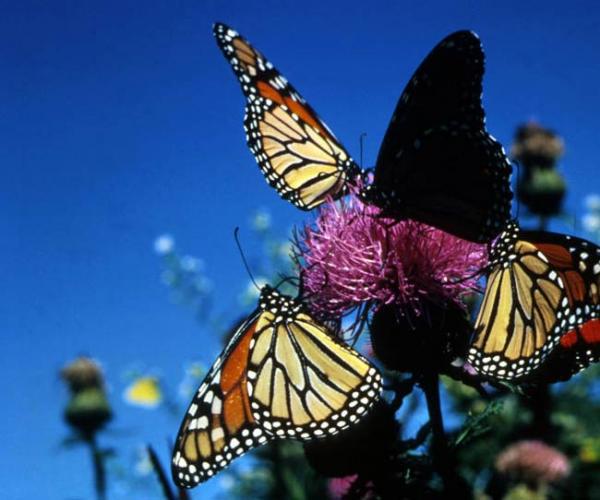
Monarch butterflies have begun their annual transcontinental journey north from their wintering grounds in Mexico. After spending the winter in the warmer climes of Mexico, the butterflies head north.
It takes the butterflies about four generations four cycles of mating, egg-laying and hatching to reach the northern extent of their migration in the upper United States and Canada.
Ocean Blooms
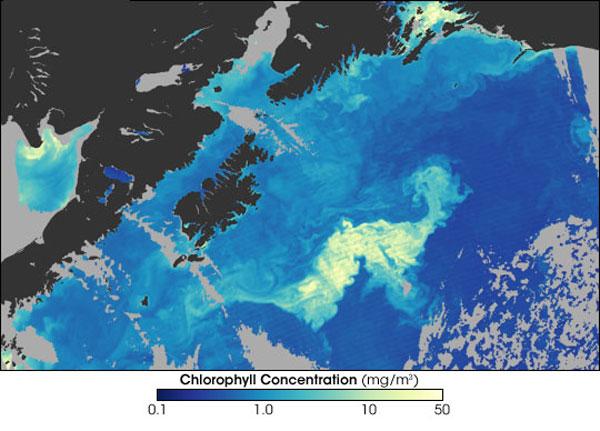
Trees and flowers on land aren't the only things that bloom with the coming of spring. Tiny ocean plants called phytoplankton also begin to grow, forming what are called blooms, as the ocean's waters warm and more sunlight becomes available for photosynthesis.
Just such a bloom was imaged forming in the Gulf of Alaska on April 11, 2005. The image above, taken by NASA's Aqua satellite, shows the levels of chlorophyll present in the gulf; the more chlorophyll the more plant activity is going on.
Arctic Awakens
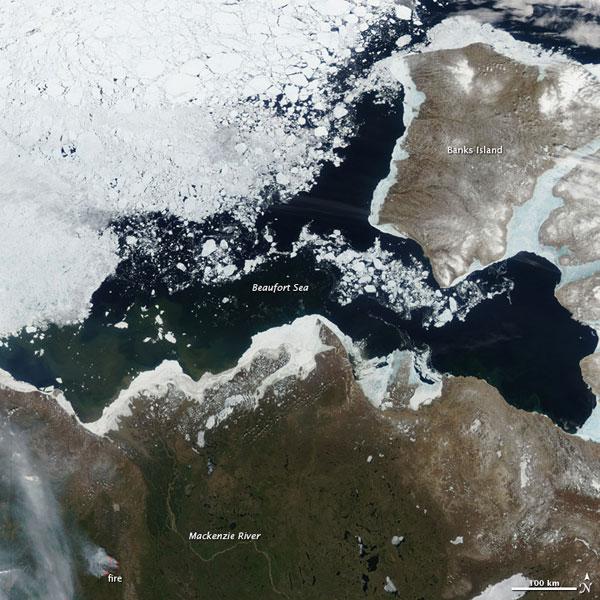
Nowhere is the coming of spring so dramatic as in the Arctic. Spring begins when the sun rises over the North Pole on March 18 for the first time in nearly six months.
Starting on June 6, everywhere north of the Arctic Circle is bathed in sunlight 24 hours a day. The ever-present Sun transforms the Arctic after a long winter of darkness and cold.
This image, taken by NASA's Aqua satellite, shows the western Canadian Arctic on June 10, 2010, a few days after perpetual sunlight commenced for the entire region and as it begins to drastically transform. Sea ice in the Beaufort Sea has started to break up. A swath of open water, black in this image, separates the land from the dense pack of sea ice. Ice still fringes much of the land, but it is thinning. On land, plants are beginning to grow, with the area around the Mackenzie River turning a deep green color.
Sign up for the Live Science daily newsletter now
Get the world’s most fascinating discoveries delivered straight to your inbox.











